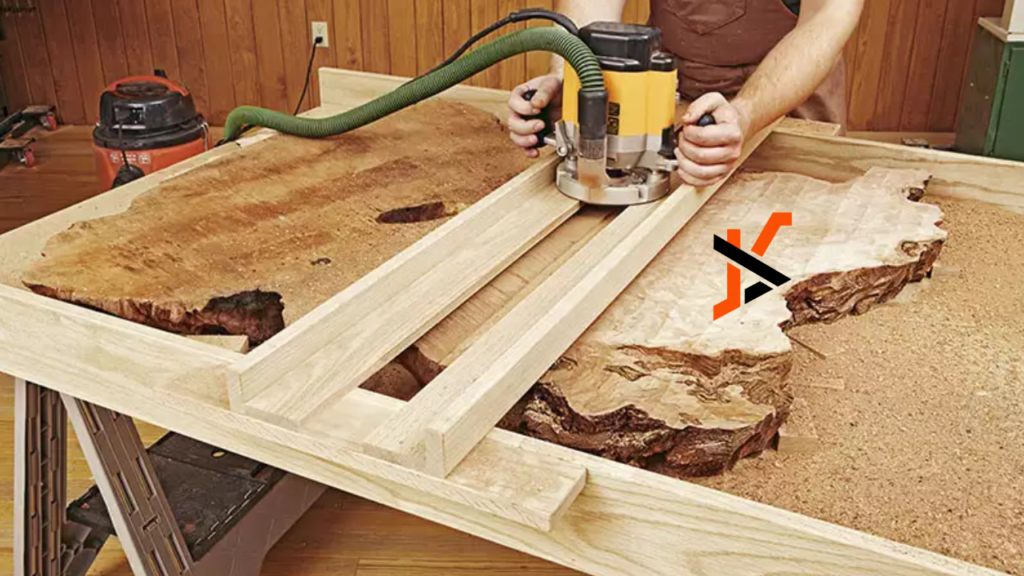As per research conducted in 2020, furniture manufacturing is around 450 million units globally (Statista), while the estimated value is around $582.64 billion, which might have increased by now. As per Fortune Business Insights, the market value will touch $727.61 by 2028.
Sound insane? But it is true. What else do you need to know about furniture manufacturing? Here is the guide.
Furniture manufacturing innovates with time with more modern designs, styles, techniques, and whatnot. This process undertakes many activities and prototypes before getting crafted in a specific shape with multiple stages requiring precision and detailing.
With time, technology has intervened and transformed the furniture manufacturing processes by adding automation, efficiency, and more control over production. This has resulted in quality but within the budget.
Hence, to keep up with the game, the manufacturers have to be up to date by adding more innovation, technology, and environment-friendly and sustainable approaches to meet the customer’s needs.
Furniture Manufacturing Business: The Art of Crafting
Furniture manufacturing is the process that starts with the creation of movable items to facilitate human activities. The procedures begin with designing, cutting, shaping, joining, finishing, and finally assembling to make it functional.
All of this takes place from a blueprint or by a 3D modeling of the furniture based on the available materials, plus its requirements. It could be plastic, wood (hard/soft), metal, or fiberboard.
How is furniture made? A crucial part of the furniture manufacturing
Furniture manufacturing is not done overnight, in fact, it involves different stages from designing, engineering, prototyping, production, and quality assurance before it ships to its destination.
- Designing: it is the main foundation of furniture building as it determines its aesthetics, form, and functionality. The procedure begins with research and ideation, concept development, material selection, design refinement, prototyping, and then finalizing the design.
- Engineering: this part of furniture manufacturing ensures the functionality and safety requirements of the product. It involves design review, material selections, manufacturing process, prototyping and testing, quality assurance, and how it can be improved.
- Prototyping: This is the part where designers and engineers collaborate and test the functionality, safety, and durability of the product. It is followed by creating the prototype, testing, refining, modifying the designs, testing durability, and finalizing it.
- Production: this is the part that is reached after the rigorous approvals where actual manufacturing and assembling takes place. It involves material preparation, assembling, finishing of the product, quality check, packaging, shipping, and after-sale services.
- Finishing: once the furniture is manufactured, the next part is to give it the finishing touches, which protect it from wear and tear. The process begins with sanding, staining, stealing, and buffing and ends with the final inspection.
- Quality control: this part of furniture manufacturing ensures that the product meets the safety standards. For that, the incoming materials are inspected, and the product has to go through in-process inspections, followed by a final inspection that takes place after assembling. In case there is even a minor defect, action is taken, and the final step is documentation and record keeping that states the quality of the test results.
- Shipping: It is the final process that takes place when the furniture is manufactured and is out to reach its destination. This involves packaging to prevent the furniture during transportation, followed by shipping, logistics, delivery, and customer service.
Furniture Manufacturing, The Challenges
Speaking of the whole procedure, it seems smooth. However, it is a more complex process than it looks like. Many challenges are prone to pop up during furniture processing, which includes
- Material availability
- Designing and engineering
- Production and efficiency
- Quality control
- Environmental barrier
- Shipping
- Market competition
In a nutshell, the whole manufacturing process can be complex as well as challenging. The brands must be aware of the challenges and should have proper navigation to address the issue before marketing their product by following all the procedures carefully.
Technology and Furniture manufacturing: How it has affected the process
Technology has affected every part of our lives, no matter what purpose we need it for; it has innovated everything and made human activities effective and efficient. As it has impacted significantly, it has assured efficiency and product quality and has given more customized options with its processes. This has included
- Digital designing, computer-aided design
- Automation: Machine learning ensures automating the tasks that are done manually and minimizes labor.
- Additive manufacturing, the 3D printing that gives more options to customize the furniture before it is manufactured.
- Sustainable materials, ensuring the product is eco-friendly.
- Visualization of furniture, where the customer can get real visuals of how that furniture piece will look, enables them to give a personalized touch to the product as per their personal preferences and needs.

